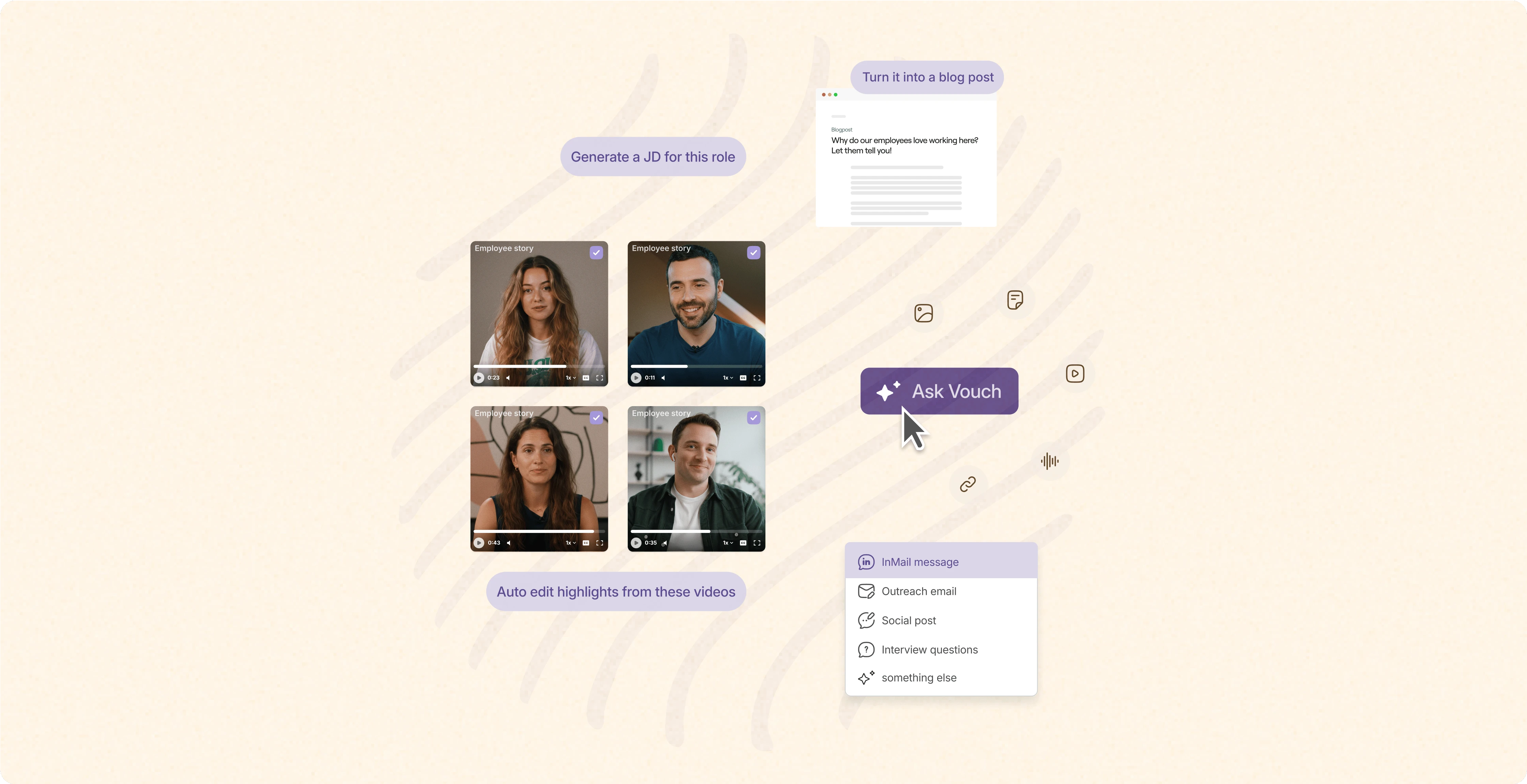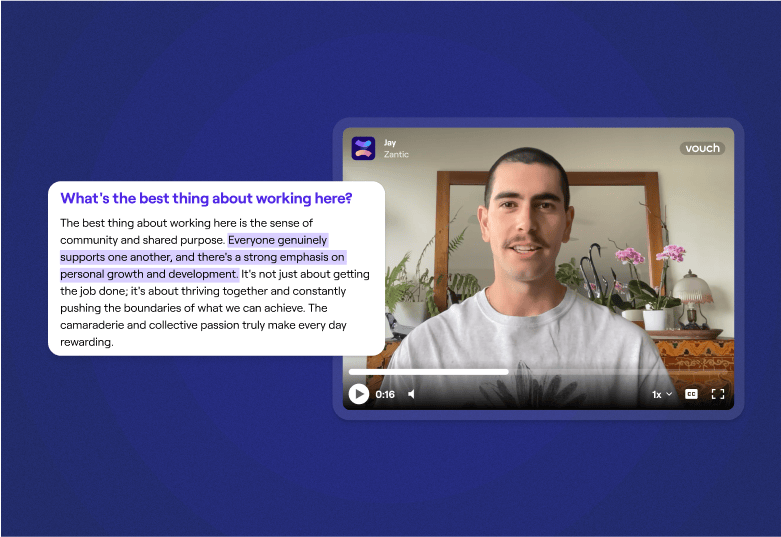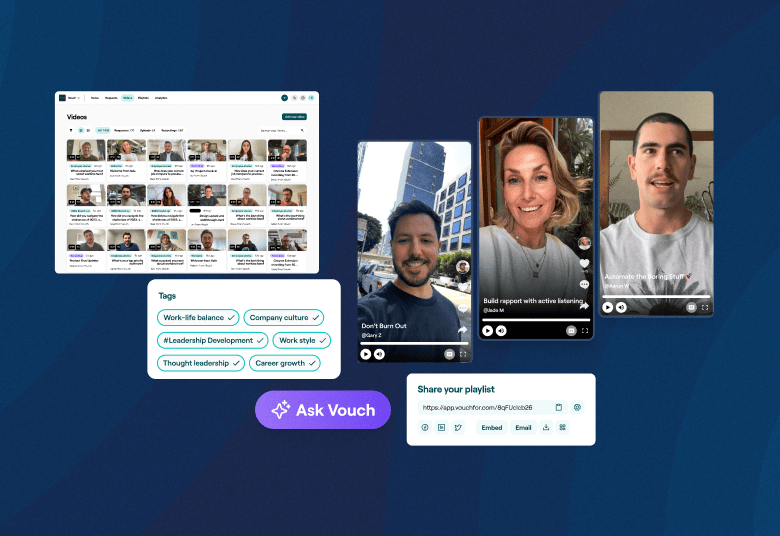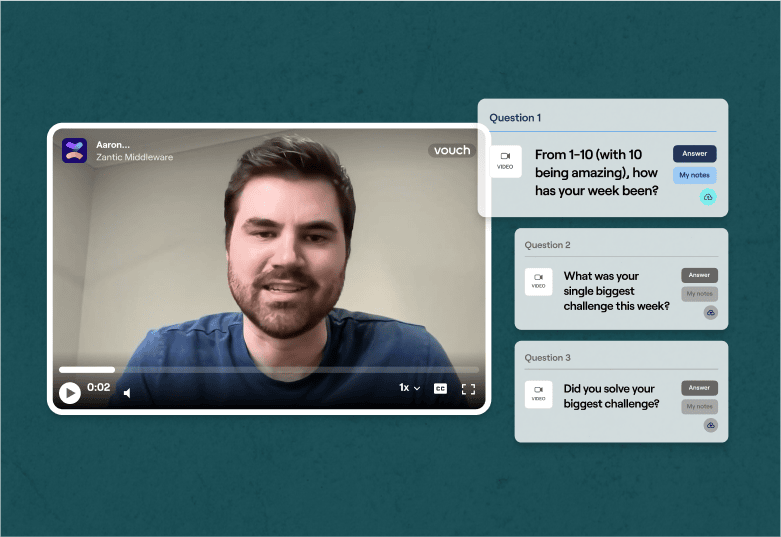Disengaged employees don't just hurt productivity - they can actually one of the biggest threats to your company culture and team morale.
This article explores the habits that signal employee disengagement, the drivers behind your staff "switching off", plus the tools and steps your leaders can take to address this growing global issue.
So, let's dive in to help you spot disengaged employees and the latest strategies you can use to help inspire your employees and increase productivity.
What Are The 7 Habits of Highly Disengaged Employees?
First, it's important to clarify that employee disengagement can happen to your best employees, often due to outside influences not internal ones.
What we are talking about here isn't just a few bad days at the office, it's much larger than than, it's a chronic issue with significant financial, emotional, and cultural consequences.
Gallup's 2023 State of the Global Workplace report revealed that 59% of employees are disengaged at work at some scale, costing businesses billions annually in lost productivity.
So, how do you recognize disengaged employees?
Below we unpack the 7 key habits of disengaged employees, backed by actionable strategies to create a thriving, engaged workforce.
1. Disengaged Employees Stop Going the Extra Mile
According to a report by the Harvard Business Review, engaged employees are 21% more productive than their disengaged counterparts. A big part of this, is that engaged employees go the extra mile.
A telltale sign of disengagement is the lack of discretionary effort - when employees stop going above and beyond their routine tasks.
Instead of stepping up during busy periods or brainstorming sessions, they only perform the bare minimum.
Common causes:
- Unclear expectations or communications from your leadership teams.
- Lack of recognition for previous efforts or employee results.
- Burnout from excessive workloads without support.
Actionable steps you can take:
The key is to promote a culture of appreciation by recognizing extra effort through company events, employee spotlight videos, one-on-one meetings, or team-wide shoutouts. Show your employees that you sincerely appreciate their work - and that they are making a difference. It's also important to pre-empt employee work-life-balances too, so you can prevent burnouts before they happen. Leaders must listen and be in touch with their teams.
The AI-enabled workspace for talent teams.
- Unified workspace for talent teams
- Accelerate hiring with AI tools
- Auto-generate polished hiring and employer brand content
- Easily repurpose assets across all channel
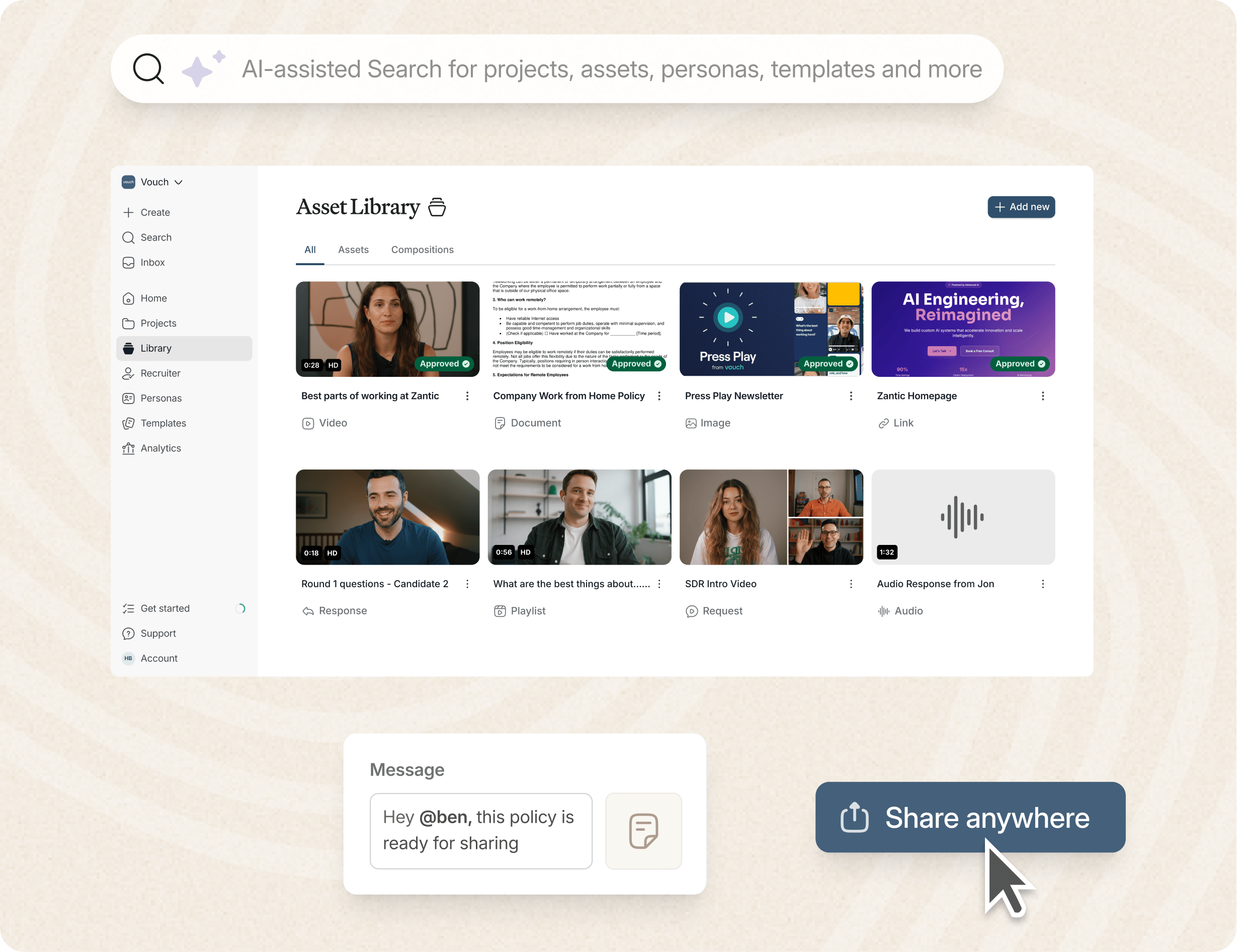
2. Disengaged Employees Often Avoid Team Activities
Participation in team activities, whether in-person or virtual - is a key indicator of employee engagement.
Avoidance of team activities and a noticeable decline in team dynamics often point to deeper issues, that are generated internally not externally.
And when employees withdraw, team collaboration and workplace culture take a hit.
A study by Forbes revealed that 86% of employees blame poor collaboration as a root cause of workplace failures.
Key factors:
- When certain employees feel excluded in an inclusive work environment.
- When your employees struggle with job security during team discussions.
- When you see a negative attitude toward team-building activities.
Actionable steps you can take:
- Conduct anonymous employee engagement surveys to gauge comfort levels.
- Create flexible working arrangements to accommodate personal lives.
- Be sure to cater to everyone - tug of rope style team building activities are very much outdated.
3. Disengaged Employees Have Frequent Absence
Frequent absenteeism, such as taking excessive sick time or logging out early, is a strong sign of disengagement.
While personal issues may contribute, they are often tied to underlying workplace problems.
The CDC estimates that productivity losses from absenteeism cost U.S. employers $225.8 billion annually.
Key drivers of employee absenteeism:
- Low morale across teams the employees.
- Toxic work environment driven by poor leadership.
- Lack of motivation due to unclear career goals or growth opportunities.
Actionable steps you can take:
- Clear goals and communications from your management team.
- Offer Wellness programs to support employee well-being.
- Hold regular one-on-one meetings to address personal growth and career goals.
4. Disengaged Employees Don't Provide Feedback
When employees disengage from team meetings or avoid giving employee feedback, it's often a telltale sign of disconnection.
A Deloitte survey found that 47% of employees who feel excluded at work are more likely to disengage and eventually leave, and one of the major signs is when an employee is not only disengaged, but also doesn't try to improve the situation themselves.
Common causes include:
- Poor communication across teams and too many silos.
- Lack of trust in the senior leadership team to listen.
- Feeling their employee input doesn't matter, so why bother.
Actionable steps you can take:
- Build more transparent communication with tools like Vouch and direct reports.
- Use anonymous employee engagement surveys to understand deeper issues.
5. Work Quality Declines Significantly
Perhaps the most obvious sign on the list, disengaged employees often produce lower-quality work, showing minimal effort on even basic work-related tasks.
However, research from Zippia highlights that 74% of disengaged employees believe their performance suffers due to limited professional development. Improve your professional development with strategies like micro-learning, and you can quickly improve employee morale in many cases.
Key elements behind this decline:
- Lack of development opportunities to improve skills.
- Struggles with work-life balance and the financial pressures many are feeling in 2025.
- Absence of professional growth opportunities in career paths.
Potential actionable steps you can take:
Invest in training programs to strengthen management skills and provide clear pathways for career advancement.
6. Disengaged Employees Struggle To Handle Feedback
Aside from not giving feedback (item 4), another sign of employee disengagement is a negative attitude toward recieving constructive feedback or avoidance altogether.
This behavior may point to deeper issues too, as without feedback, employees miss critical chances for personal and career growth and improvement.
It's not just productivity levels that matters here, it's employee growth and adaptability that matters too.
Underlying issues can include:
- A fear of not just feedback, but also of being judged by peers.
- A lack of confidence in their abilities, even if it is their core tasks and responsibilites.
- Feeling undervalued and a lack of company culture.
Actionable steps you can take:
- Build trust through regular, supportive feedback sessions.
- Provide actionable steps and celebrate wins, however small.
7. Disengaged Employees Are Often Resistant to Change
Lastly, disengaged employees often resist changes to company culture or changes in team members and dynamics.
Whether it's new management strategies or innovative ideas, their negative impact to change can create ripple effects across your entire organization.
A report by us here at Vouch highlighted some key employer branding statistics, and researchers like McKinsey found that employees who feel supported during change initiatives are 4.6 times more likely to be engaged.
Possible root causes:
- Unrealistic expectations of employees to adapt during transitions.
- Discomfort with change as it's not communicated clearly enough internally.
- Frustration from a lack of career advancement opportunities while others are promoted.
Actionable steps you can take:
- Offer additional training and resources during transitions.
- Involve employees in decision-making processes for organizational goals.
- Your communciations are everything!
FAQs
What is a key sign of disengaged employees?
Frequent absenteeism, minimal effort, or avoiding team activities.
How does employee disengagement affect productivity?
Disengaged employees reduce productivity by up to 18%, according to Gallup.
Can disengaged employees be re-engaged?
Yes, through proactive steps like clear communication and growth opportunities.
What are the financial implications of disengagement?
Disengaged employees cost companies $450–$500 billion annually.
What role does leadership play in engagement?
Leaders create the foundation for a positive work environment through trust and support.
Are employee engagement surveys effective?
Absolutely! Anonymous surveys uncover hidden issues and guide actionable solutions.
How does workplace culture impact engagement?
A thriving office culture creates motivation, teamwork, and commitment.
Summary
By identifying and addressing these 7 habits of highly disengaged employees and their lack of enthusiasm, your organization can take proactive steps to build an engagement-friendly environment, improve productivity levels, and create a culture of awareness that benefits everyone.
Remember, even you most engaged employees can switch off if there are issues with your company culture or morale. You need to be able to spot the signs early, and we hope this article has helped.
Inspire Your Employees With Vouch
Loved by companies like Canva, Nike, Cisco, HubSpot, Amazon and more, tools like Vouch make leveraging video in your business remarkably easy to motivate employees.
Be sure to book a Vouch demo today and chat with a video content expert.
You might also like

Elevate Your Brand Today With Vouch
Discover how Vouch can accelerate talent acquisition while helping you stay on-brand.


